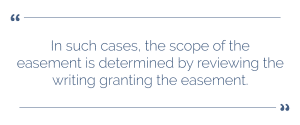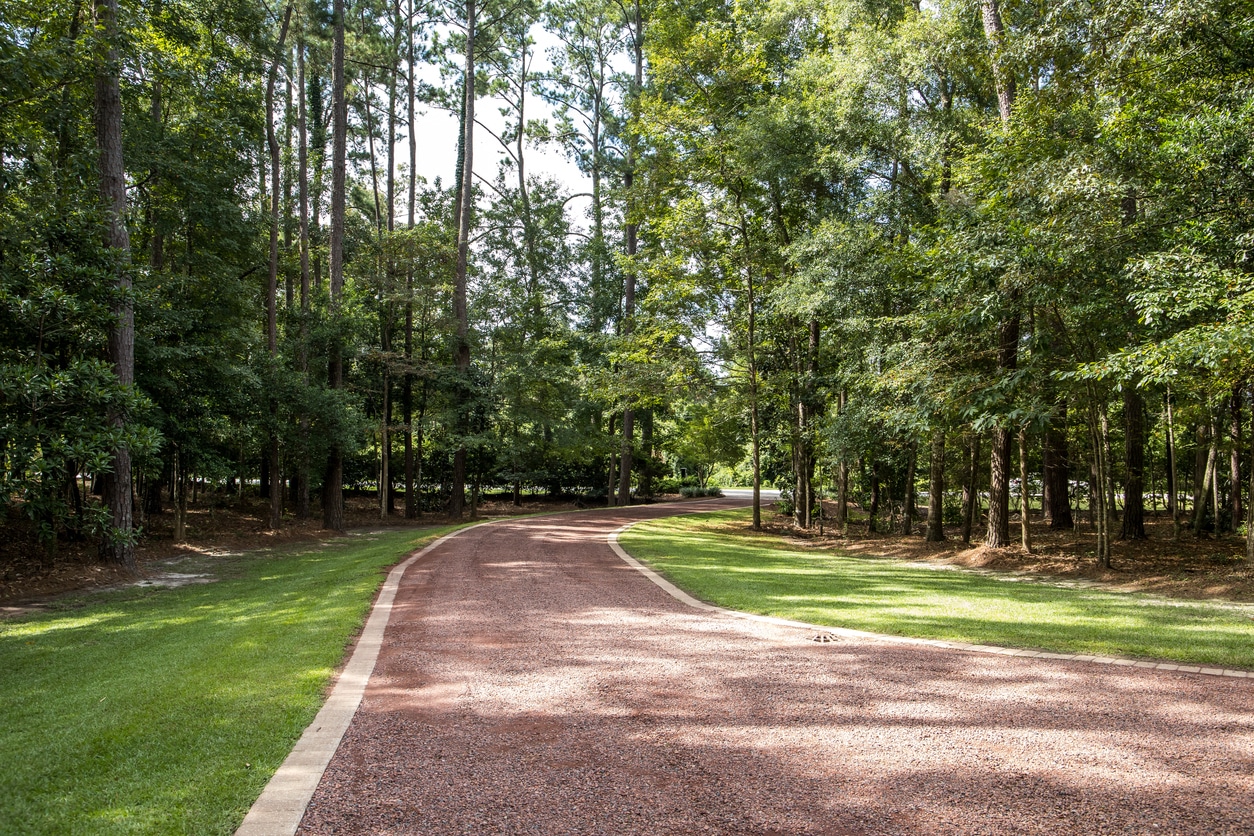Updated on November 28, 2023
What are the most common types of easements used for properties? Let’s discuss which of the different types of easements are used the most.
Key Takeaways
- Easements are limited rights that allow a person to use another person’s property or restrict the owner’s use in some way.
- The two most common types of property easements are express easements and prescriptive easements.
- Express easements are conveyed through a written deed and clearly define the scope of the easement.
- On the other hand, prescriptive easements are granted through court actions and are less common as they require specific conditions to be met over time.
- Prescriptive easements are established through open, notorious, continuous, and adverse use of the property for five years.
- If you are facing an easement dispute, it’s essential to seek the advice of an experienced easement dispute attorney.
There are 6 types of easements in real estate.
- Easement appurtenant.
- Utility easement.
- Easement by prescription.
- Easement in gross
- Private easement.
- Easement by necessity.
Generally, an easement is a right to use another person’s land for a specific purpose.
For example, A and B own houses on a single lot with a single driveway wherein A lives in the front house and B lives in the back house. A owns the driveway. In order for B to access the street from his house, he will need to drive over A’s driveway. In this instance, B will need an easement to travel over A’s driveway.
What are the Different Types Of Easements?
In California, an easement is usually established in one of four ways: expressly, prescriptively, impliedly, and through necessity.
Total there are 6 types of easements. We’ll explain you all the different easement types in real estate:
Easement_appurtenant
An easement appurtenant is a type of easement that benefits one property and is attached to the ownership of another property. It allows the owner of one property (the dominant estate) to use a portion of another property (the servient estate) for a specific purpose.
Utility Easement:
A utility easement is a type of easement that grants utility companies the right to access and maintain their utility lines (such as electricity, water, or gas) on a property. It ensures that utility companies can install, inspect, repair, or upgrade their infrastructure without hindering the property owner’s rights.
Express Easement
An express easement is created by a written agreement between the land owner and the individual who seeks to use the landowner’s land. Typically, this agreement is recorded with the county recorder’s office in the county where the property is located.
Private Easement:
A private easement is a type of easement that allows a specific individual or entity to use another person’s property for a specific purpose. Unlike public easements, which benefit the general public, private easements are limited to specific individuals or entities.
Prescriptive Easement
A prescriptive easement is created in a process similar to gaining ownership of a property through adverse possession. A person claiming prescriptive easement must show that he has used the easement openly, notoriously, continuously for a period of five years, and adversely, meaning the use of the easement is without the consent of the owner of the property.
The only difference between establishing an easement through prescription and gaining ownership of property through adverse possession is that property taxes do not need to be paid to establish a prescriptive easement.
Easement in Gross:
An easement in gross is a type of easement that grants a specific individual or entity the right to use another person’s property for a specific purpose, regardless of whether they own a neighboring property. This type of easement is not attached to the ownership of any specific property. For detailed information on easement in gross, you can refer to the following reference:
Implied Easement Right of Way California
An implied easement is created when an intent is inferred by law that the parties intended to create or transfer an easement even though there is no written document showing such intent. For an implied easement to exist, the following three conditions must exist:
- The owner of one property conveys a portion of that property to another;
- The owner used the property in such a way that the parties believed or intended that the use would continue after the portion of the property was conveyed; and
- The implied easement is necessary for the buyer of the portion of the property to use and enjoy his land.
Easement by Necessity
An easement by necessity is similar to an implied easement. Just like an implied easement, an easement by necessity is created when the owner of one property conveys a portion of that property to another. The difference is that in this instance, the owner did not use the property in such a way that an easement was intended based on the owner’s previous use of the property.
Rather, the right-of-way must be necessary, such as when the portion of the property conveyed is landlocked, and the buyer’s only access to the main road is through the main property. There are many types of easements, and it is okay not to know which one you need, or have.
2 Most Common Type of Easements

Most Used Easement: Express Easement
Prescriptive Types of Easements
Our Los Angeles Easement Dispute Attorneys have dealt with various types of easement disputes. If you are doing through a potential easement dispute and need representation, please get in touch to schedule a case evaluation consultation. You can call us directly at (310) 954-1877, text us at (310) 706-2265, or send us a message here. We have experience drafting easements and resolving disputes involving easements.
Find a Top Rated Easement Lawyer in Los Angeles, CA
Are you looking for an easement dispute attorney in Los Angeles or California? Schorr Law has top rated real estate lawyers in Los Angeles, California. To see if you qualify for a free 30-minute consult, you can contact us by the following: Call: (310) 954-1877 | Text: (310) 706-2265 | Email: info@schorrlaw.test2.redblink.net | Send us a message!
See related: What is a Public Utility Easement (PUE)?
Other Areas We Serve in California
San Bernardino San Diego County Riverside County Kern County Ventura County

